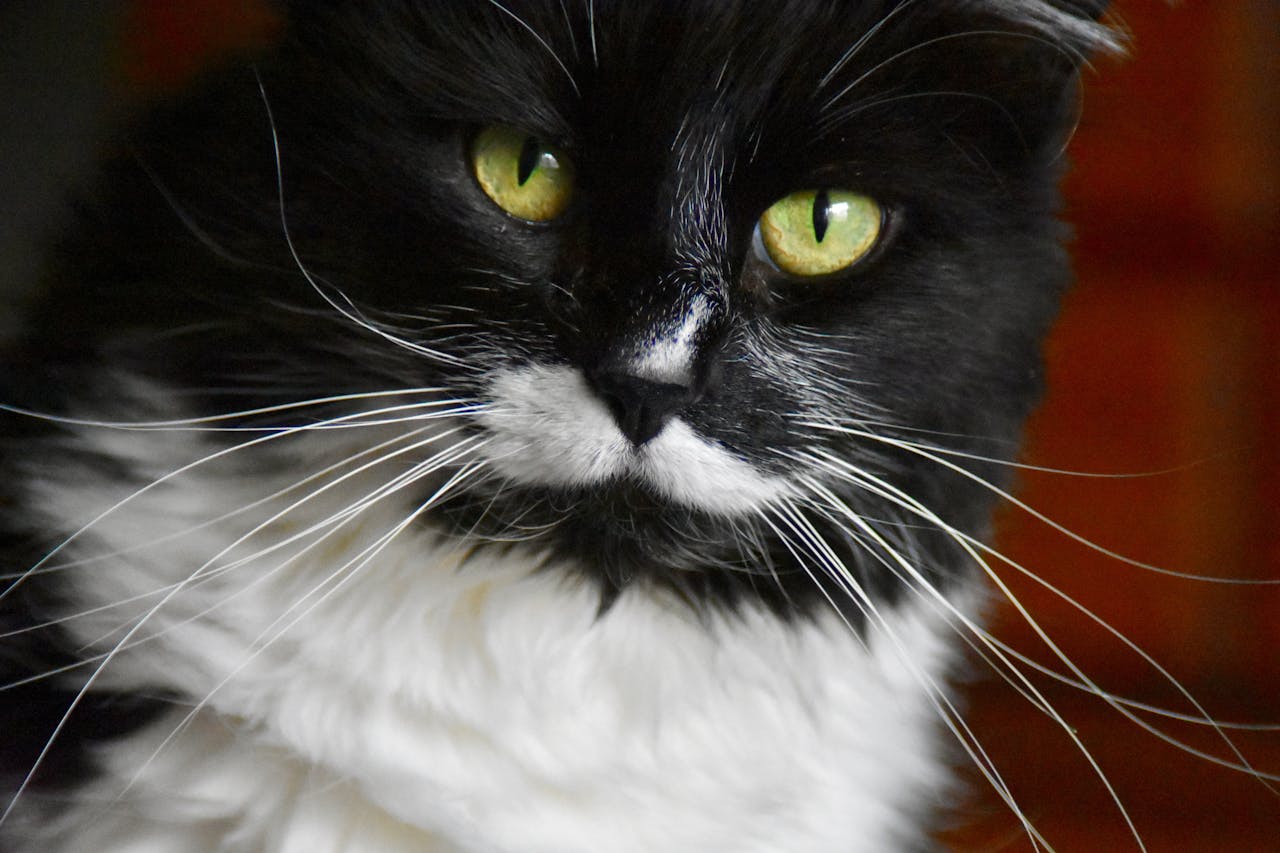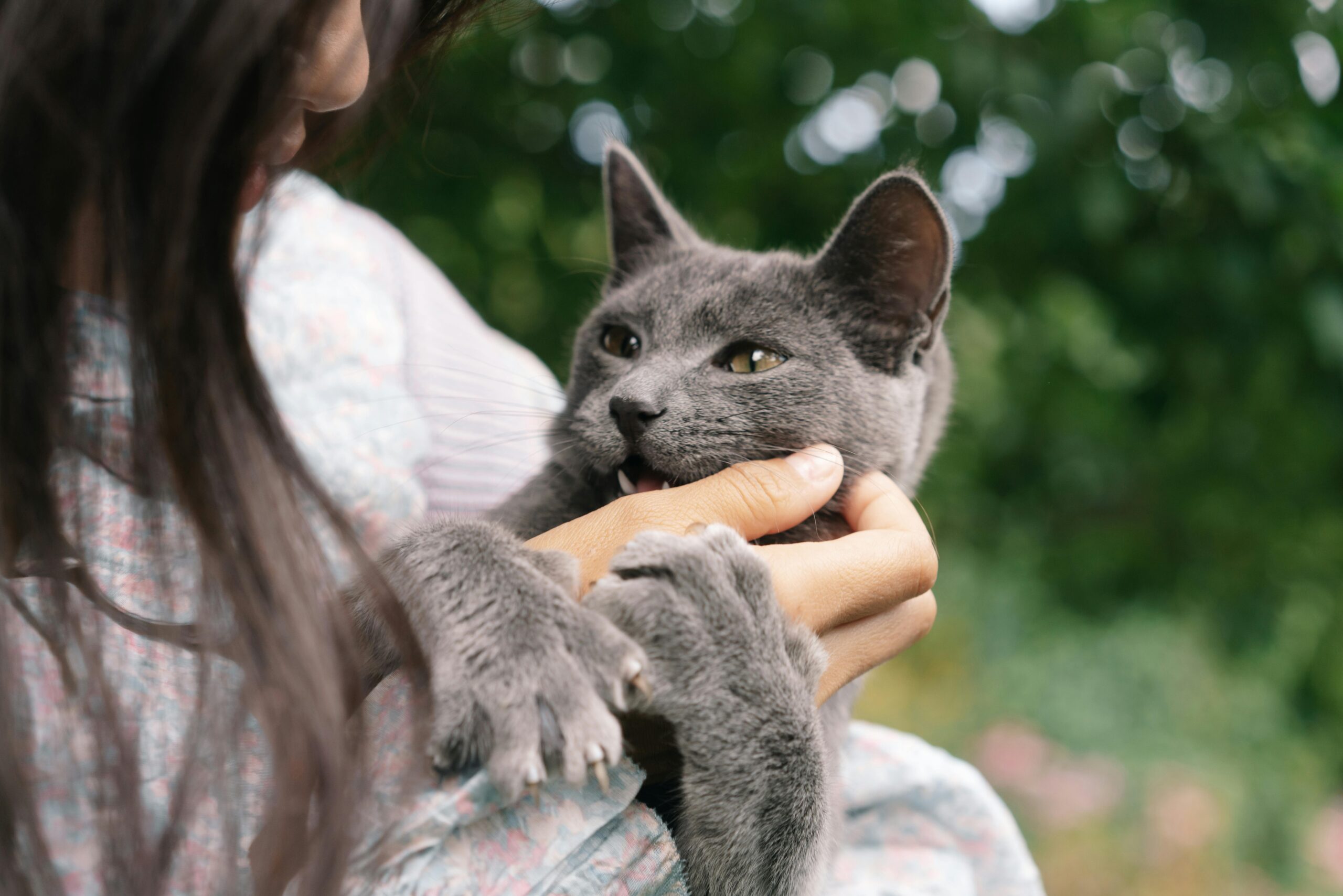What Are the Signs a Cat Has Kidney Disease?
Kidney disease is a common issue in older cats, but early detection can make a big difference in your pet’s health and quality of life. As a veterinarian with years of hands-on experience, I can help give you some pointers, so you know what to look for and how to help your pet. Let’s explore the signs a cat has kidney disease and how vets diagnose this condition.
11 Potential Signs Your Cat Has Kidney Disease
These are the clinical symptoms to look for at home so that you can suspect kidney disease:
- Weight loss
- Loss of muscle mass
- Dehydration
- Constipation and sometimes diarrhea
- Less energy
- Drinking more
- Urinating more, possibly outside of the litter box
- Bad breath
- Ulcers in the mouth
- Nausea and vomiting
- Pale gums and muscle cramps (e.g., turning around suddenly and biting at a cramped muscle)
Early Diagnosis of Kidney Disease at Home
Some cats will display changes from early kidney disease a full year or two before any clinical signs you might notice, so if you can have the pet’s blood checked every year, that is a great help and may help your cat live years longer.
That being said, not all people have access to a veterinarian, nor are all people able to afford an examination and blood testing for their cat on an annual basis. CKD is common among senior cats, so most experienced cat owners and veterinarians can recognize it just by clinical signs.
How Do Vets Diagnose Kidney Disease in Cats?
The only way that your cat can be diagnosed with chronic kidney disease (CKD) is by a urinalysis and a series of blood tests that your veterinarian will perform after a physical exam. Costs will vary from practice to practice, but a good estimate just for diagnosing CKD is $250.00 to $500.00. The veterinarian will be able to tell you at that time what stage of kidney disease your cat has and how far it has progressed:
Stage 1
Cats may have no clinical signs but do have a higher creatinine and a normal SDMA (this stands for symmetric dimethylarginine, a newer test to diagnose the severity of kidney disease).
Stage 2
Cats have a mild increase in waste products in the blood, meaning that the kidneys are not filtering well anymore. The creatinine and SDMA are both mildly elevated, and cats might start to show some clinical signs.
Stage 3
There is more waste in the blood (based on the blood tests), so cats have more of the problems (listed below). The signs are mild early but become more severe as the cat reaches the next stage.
Stage 4
By this point, many cats need to be on appetite stimulants, feeding tubes, and fluids for dehydration. They usually only live 1 to 2 years by the time they reach this stage.
If the tests show significantly elevated BUN and creatinine levels (stage 3 or 4), your vet might prescribe subcutaneous fluids for you to administer at home. The fluids, line, and needle will cost at least $30–$40.
What to Feed a Cat With Kidney Disease
Prescription diets for cats diagnosed with kidney disease are expensive. You can sometimes find a sale at the pet superstores (if you have a prescription) but expect to pay about $40 for a small bag of kibble or $60 for a case of the cans.
Initially, that will be the monthly cost of treatment; however, you will need to return for further bloodwork to ensure the feeding, amount of fluids, and frequency of application are working to lower the BUN and creatinine levels to a normal range. As the disease progresses, your cat might need new medications and will require more fluids.
Common Cat Diseases That Mimic Kidney Disease
Several diseases can show up with symptoms similar to kidney disease. These symptoms will help you differentiate kidney disease from other conditions at home:
Hyperthyroidism
The thyroid produces a hormone that makes a cat’s metabolism faster than normal. Cats with hyperthyroidism will lose weight and muscle mass but continue eating.
Periodontal Disease
Loose teeth, tartar, inflamed gingiva, pus around the teeth, and bad breath are common signs of periodontal disease. Cats can have both dental problems and kidney disease. With periodontal disease, they may have weight loss due to painful eating, bad breath from infection, and occasionally nausea and vomiting. However, if it is only periodontal disease, they will not drink more.
Diabetes
Cats cannot control their blood sugar with this disease. They will drink more and produce more urine, similar to those with kidney disease, but cats with kidney disease will lose weight despite having a good appetite.
Urinary Tract Infection
Lower urinary tract diseases in cats can cause trouble urinating and going outside the litter box but will probably not lead to the weight loss seen in CKD. Cats with urinary tract infections may urinate in bathtubs over the drain, seeking to cool the burning sensation.
Arthritis
When joints are stiff and painful, a cat may appear to have less energy because they won’t jump and play as usual. They may also neglect grooming and start to look unkempt. Unlike cats with kidney disease, they do not drink more, and if the litter box is nearby, they won’t have accidents.
The good news? These diseases are all treatable, and addressing them can improve your cat’s quality of life. Read next: 12 Ways to Help Your Cat With Kidney Disease at Home
References:
- Kobayashi DL, Peterson ME, Graves TK, Lesser M, Nichols CE. Hypertension in cats with chronic renal failure or hyperthyroidism. J Vet Intern Med. 1990 Mar-Apr;4(2):58-62. https://pubmed.ncbi.nlm.nih.gov/2342023/
- Hall JA, Fritsch DA, Jewell DE, Burris PA, Gross KL. Cats with IRIS stage 1 and 2 chronic kidney disease maintain body weight and lean muscle mass when fed food having increased caloric density, and enhanced concentrations of carnitine and essential amino acids. Vet Rec. 2019 Feb 9;184(6):190. https://www.ncbi.nlm.nih.gov/pmc/articles/PMC6589452/
- The Ins and Outs of Managing Feline Chronic Kidney Disease, Veterinary Nurse. https://todaysveterinarynurse.com/urology-renal-medicine/managing-feline-chronic-kidney-disease/
- Hall JA, Jewell DE, Ephraim E. Feeding cats with chronic kidney disease food supplemented with betaine and prebiotics increases total body mass and reduces uremic toxins. PLoS One. 2022 May 24;17(5). https://www.ncbi.nlm.nih.gov/pmc/articles/PMC9129019/
- Schauf S, Coltherd JC, Atwal J, Gilham M, Carvell-Miller LJ, Renfrew H, Elliott J, Elliott D, Bijsmans ES, Biourge VC, Watson P, Bakke AM. Clinical progression of cats with early-stage chronic kidney disease fed diets with varying protein and phosphorus contents and calcium to phosphorus ratios. J Vet Intern Med. 2021 Nov;35(6):2797-2811. https://pubmed.ncbi.nlm.nih.gov/34545958/




